Your vegetable garden cannot complete without adding bell peppers. The scientific name of bell peppers is Capsicum Annuum. It is available in different sizes, colors, and shapes.
Bell peppers have green leaves and bright colored fruit. The outer skin of the bell peppers helps to protect fresh and crunchy flesh with a lot of seeds inside the fruit is hollow and has countless seeds in the center.
You will not face any difficulty in growing peppers if the temperature is according to the need of the paper plant. You should prefer to grow proper plants from seedlings indoors.
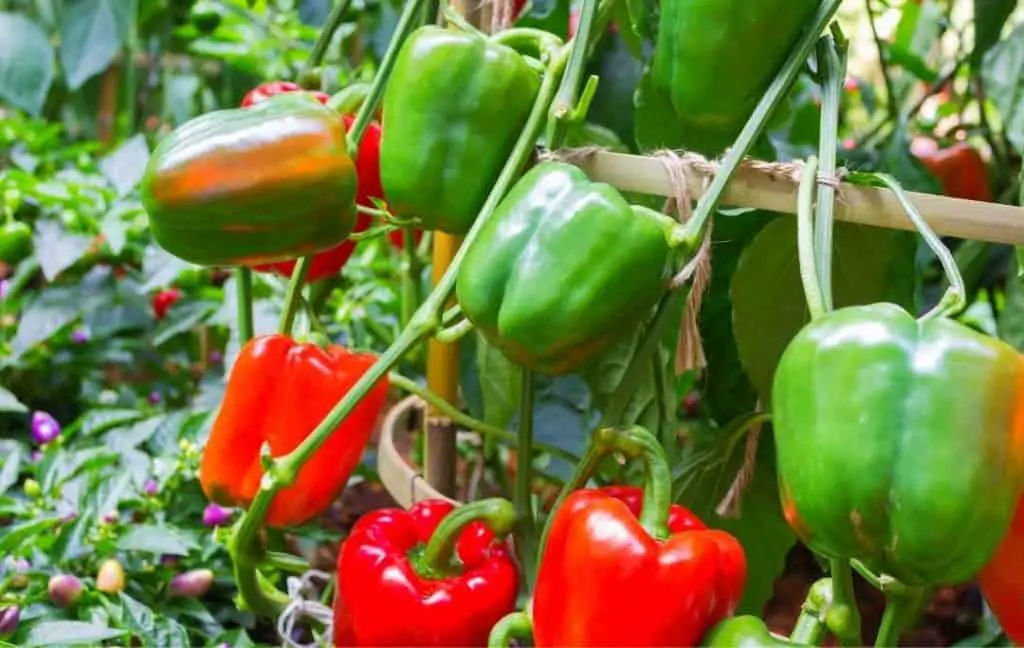
The main factors which are good for the growth of healthy bell peppers are full sun and loamy, sandy, rich, well-draining soil with a neutral pH. If you provide all these requirements of pepper plants then they will flourish very fast.
WHEN TO PLANT PEPPERS?
The best time of planting peppers indoors is 8-10 weeks before the last frost. If you grow the seeds earlier then your plants will be healthy and thriving.
The growing season of bell peppers is very long, about 60 to 90 days, so it is the best option to get them started indoors. The warmth of your house is best for the germination of seeds.
RECOMMENDED VARIETIES
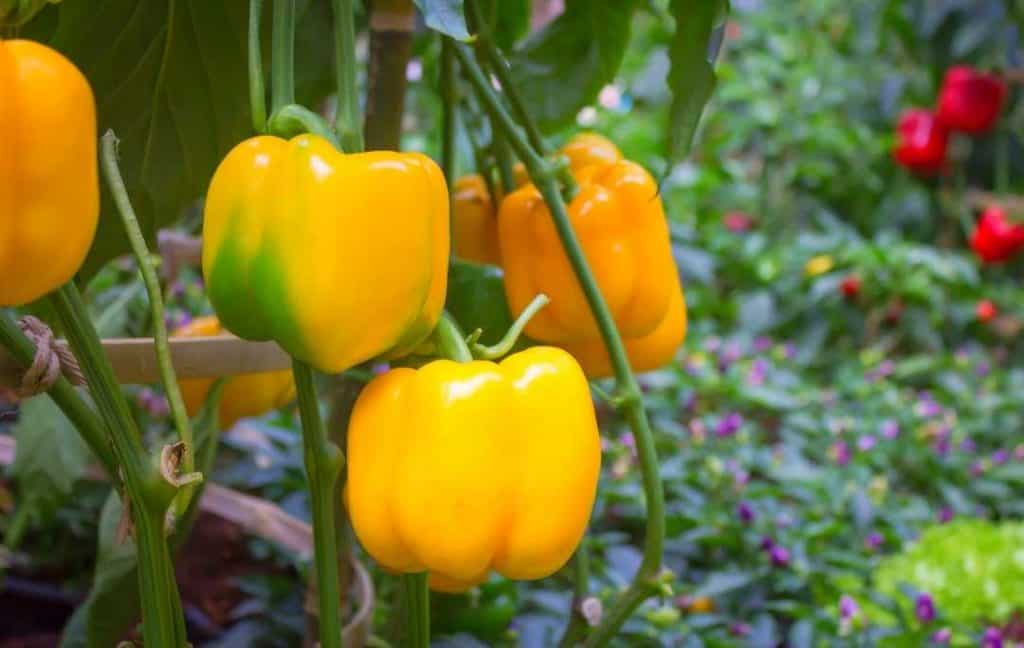
There are different varieties of bell peppers available. The fully mature peppers provide you with nutritions and taste from them.
Most gardeners like to grow red, yellow, orange bell peppers because these varieties stay on the vine longer to mature. Here we are going to mention some common and popular varieties of bell peppers.
- Green peppers that turn red are Bellboy, Lipstick, Gypsy, and Lady bell. The green and red pepper varieties are the same pepper.
- The varieties which are found in orange color are Milena and Orange Sun.
- The varieties which give you yellow color are Golden California Wonder.
WHERE TO GET THE SEEDS OF BELL PEPPERS FOR SOWING?
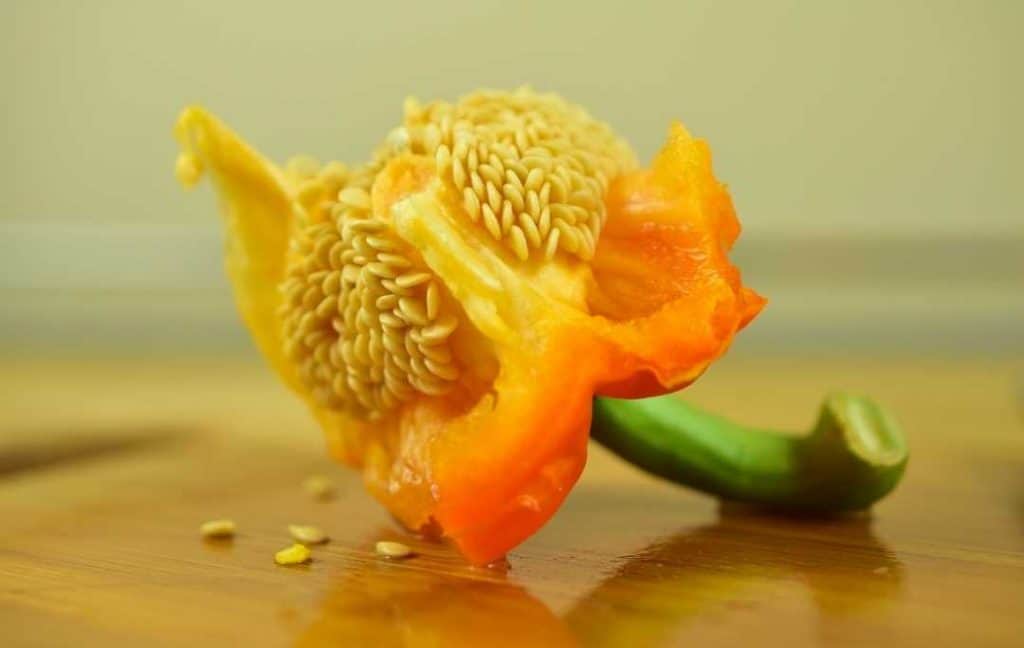
You can also get the seeds of bell peppers from the bell peppers. The seeds of red peppers are more mature than green ones. Set the seeds for drying for a few days. Now they are ready for sowing or you can store them in an envelope.
For safekeeping, you should place them in a dry place. You also have the option of buying seeds which is an easy way of growing bell peppers.
Consistent heat is necessary for the best thriving of seedlings. You can also use a seedling heat mat for providing suitable heat for healthy growth. The best temperature for the germination of bell peppers is about 80 Fahrenheit.
Sow the seeds at a depth of ¼ inches. The seeds of bell peppers will germinate within 10 days if the soil is warm enough. After the emergence of two to three true leaves, you should put them in larger containers and fill them with potting soil.
Also Read:
- How to Grow Lettuce from Seed At Home
- How To Grow Chillies From Seeds – 100+ Chillies Per Plant
- 8 Fast Growing Vegetables That You Can Grow In A Hurry
CHOOSING AND PREPARING PLANTING SITES
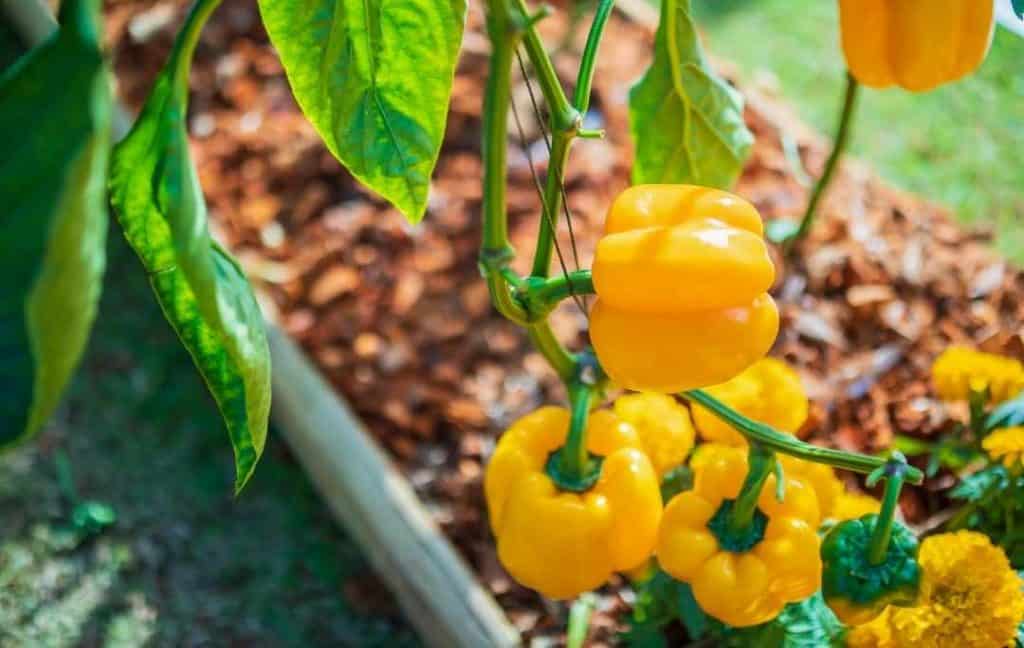
Choose the best site for bell peppers for health thriving.
- Bell peppers plants need full sun exposure so you should pick a site where they get maximum hours of sunlight. Remember your location would not be shaded by trees or other plants.
- Well-drained and rich soil is needed for getting healthy bell peppers. The best oil for bell peppers is which warms quickly.
- The pH of the soil must be acidic and between 5.5 to 6.5.
- After transplanting peppers into the garden or container you should add fertilizers or aged compost to the soil.
- Avoid planting peppers in the place where you have recently grown vegetables such as potatoes, tomatoes, or eggplants because it will become the reason for spreading diseases in bell peppers.
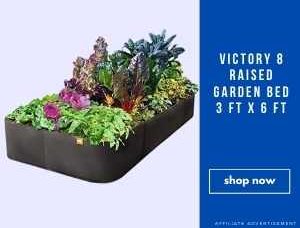
TRANSPLANTING YOUNG PLANTS IN THE GARDEN
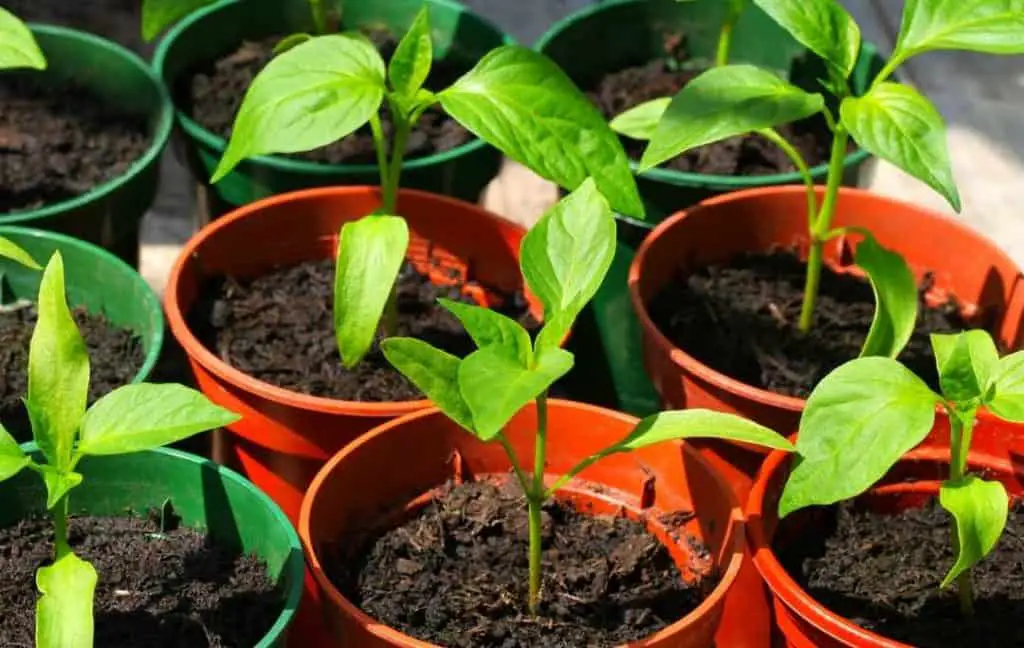
- When the temperature reaches 60°F or 16°C then it is the best time to transplant the seedlings.
- The space between the rows must be 18 to 24 inches apart.
- The depth should be the same as the plants already have otherwise the stems will rot.
- As it is mentioned above bell peppers will not transplant in the cold so the temperature of the soil must be 65°F. You can use black plastic for providing warmth to the soil.
HOW TO GROW PEPPERS?
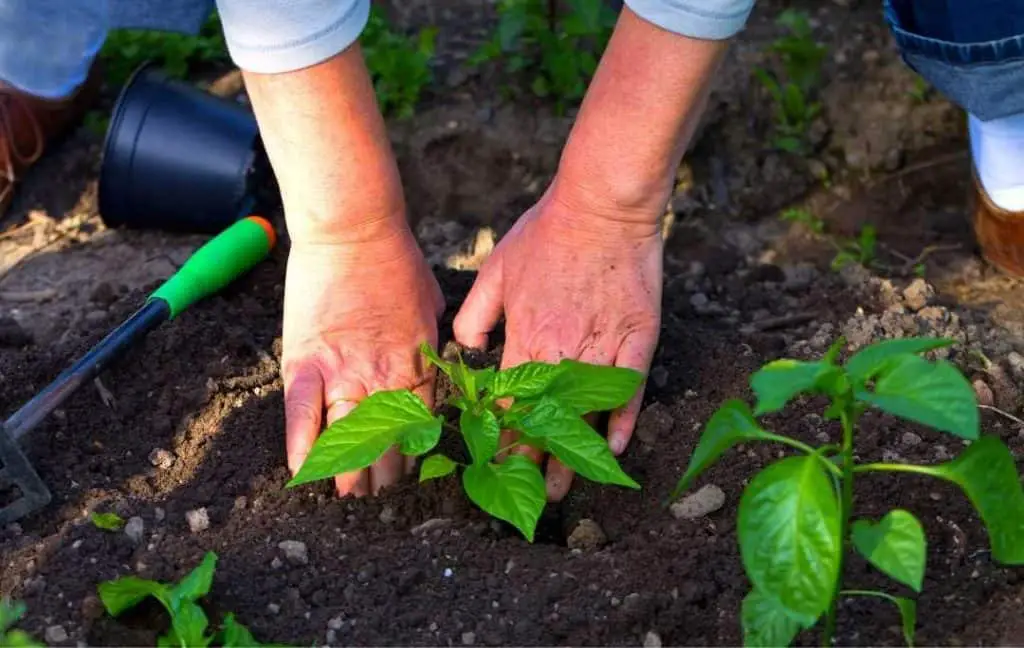
- You need well-drained soil for the growth of bell pepper but you can maintain the moisture with the help of mulch or plastic covering.
- Make sure your pepper plants get 1 to 2 inches of water per week. It is important to know that on hot days your pepper plant needs regular water. Remember bell peppers are very sensitive in warm climates.
- When the first fruits set then fertilize pepper plants.
- Weeds are a great danger for pepper plants because they disturb the roots of your plants so be careful.
- If you want to support your plants properly then you should arrange cages or stakes to prevent your plants from bending. Tomato cages are another option of supporting the pepper plant because these cages have a cone-shaped wire which is not good for tomatoes but best for peppers.
7 BELL PEPPER PLANT CARE TIPS
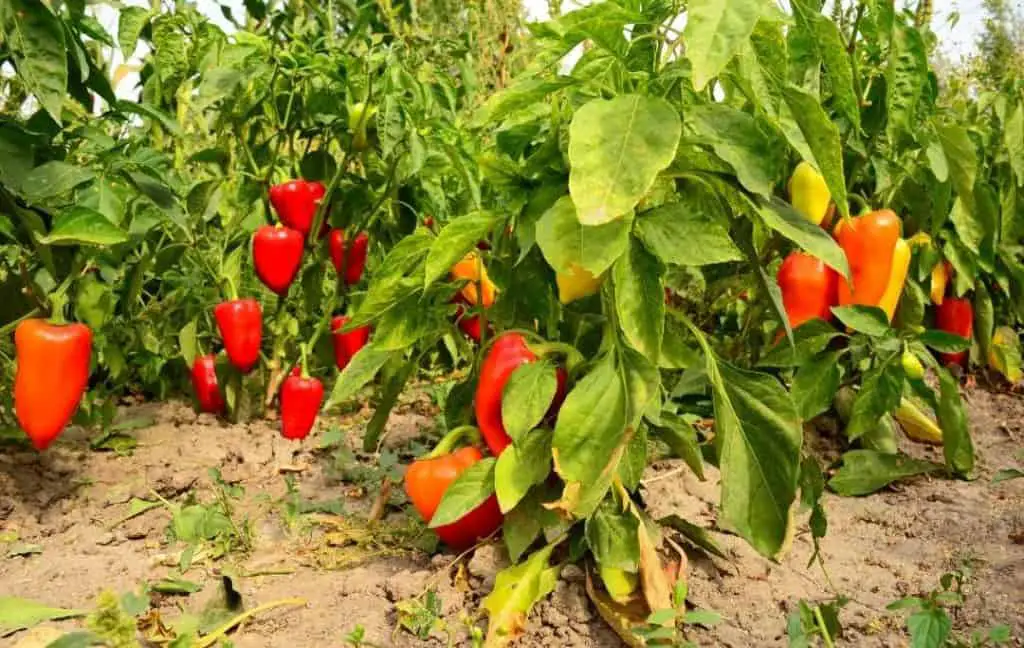
Sandy and loamy soil are good for your pepper plants because this type of soil is well-drained and warm. The following are some tips that will help you maintain the bell plants.
1. MULCHING: Use black plastic soil because it can absorb the heat of the sun which will raise the temperature of the soil. The other option is grass clippings as they can protect them from weeds.
2. WATER CAREFULLY: Make it possible that your pepper plant gets deepwater per week. Indeed, peppers like hot weather but intense heat are not good for them; they can’t flourish in extreme temperatures.
If you are living in a hot climate then you should water twice a day. If your pepper plant will not get enough water then dryness will turn the taste bitter.
On the other hand, overwatering suffocates the roots and at the end, the blossoms will rot. Keep an eye on your pepper plant, monitor them carefully, and provide even water
3. SUNLIGHT: If you choose the site where your pepper plants get full sun exposure then they ripen properly. But if we are living in a hot climate where your pepper plants get intense heat and light from the sun.
It is not good for them so you can use any cloth for providing shade to your plants. If you do everything for growing healthy bell peppers but you will not get a higher yield if the temperatures are not ideal.
4. USE THE RIGHT FERTILIZER: High amount of nitrogen is not good for pepper plants so use a fertilizer that is low in nitrogen. In this way, the production of your fruit will not be affected.
5. STAKE: If you stake your bell peppers as they can help to protect them from pests. It will also help to reduce sunscald, this occurs when your plants are exposed to direct sunlight for a long time in extreme temperatures. Staking is the best way of keeping your plant upright and protected from insects.
6. CHECK FOR PESTS: Aphids and flea beetles are two main garden pests like bell peppers. You can use organic insecticides to protect your plants from these pest invasions.
7. COMPANION PLANTS: Try to grow corn, cucumbers, and carrots around the bell pepper because they do well under the company of these vegetables. On the other hand when the pepper plant will not thrive properly in the presence of cabbage family plants or fennel.
Also Read:
PESTS AND DISEASES
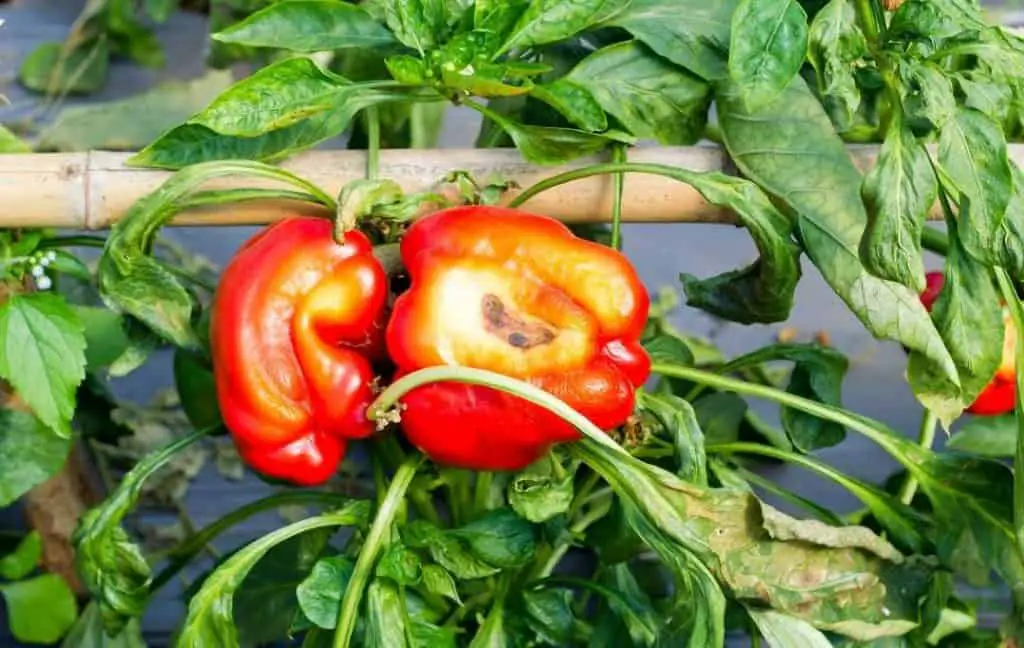
The most common pests which are dangerous for bell plants are Aphids, Colorado Potato Beetles, Tomato Hornworms, and Root-knot Nematodes.
If you see yellow leaves and distorted flowers then the reason behind these symptoms are aphids. You can grow companion plants to repel aphids and other insects, you can also apply insecticidal soap.
Straw mulch will help to control colorado potato beetles. Tilling of soil helps to prevent your plants from tomato hornworms.
The common diseases which affect the bell plants are Anthracnose and Blossom-end Rot. The spots on the leaves show that your pepper plant is affected by anthracnose.
This disease will destroy the plants so provide good drainage, apply compost, and use mulch for the prevention of bell plants. If the pepper plant has a deficiency of calcium then you will see dark, water-soaked spots on the blossoms.
You should remove the affected fruit from the plant and try to water it very deeply and regularly. The pH of the soil should be 6.5 and avoid adding excessive nitrogen to the soil because it affects the roots of the plants.

HOW TO HARVEST PEPPERS?
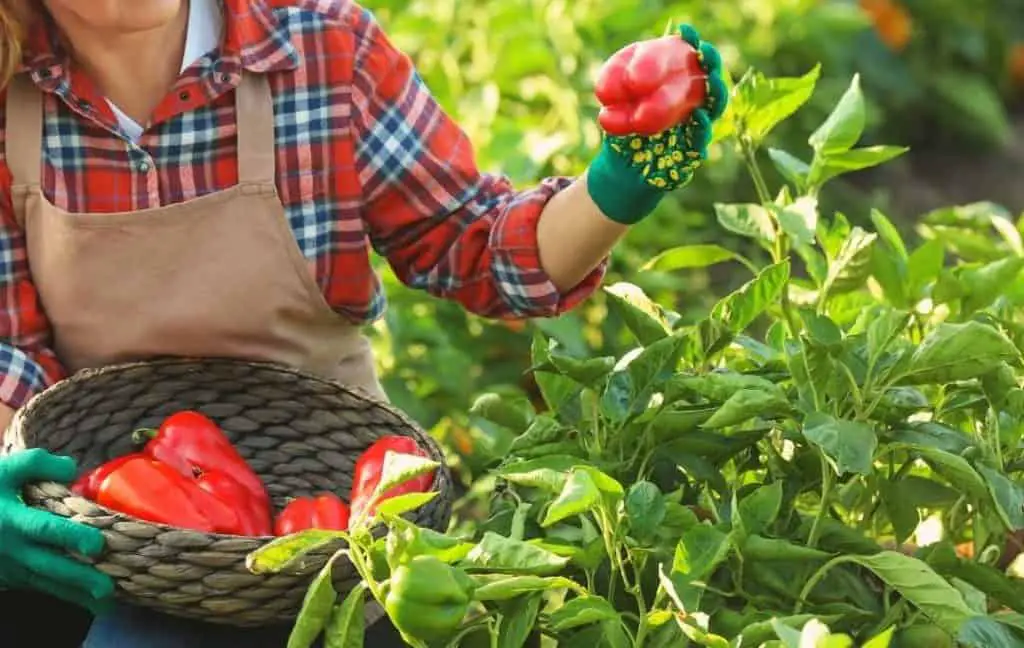
Bell peppers mature in 60 to 90 days but it depends on the variety which you are growing in your vegetable garden. The best size of bell peppers for harvest is 3 to 4 inches.
If you see the bell peppers are very thin then this is not the right time of harvesting. In the same way, if you feel bell peppers soggy, it means they have been left on the plant too long.
- When you see the size and color of the pepper is according to your desired size then this is the time to harvest them.
- You leave the bell peppers on the plant for a long time then they will become sweeter and a good source of vitamin C.
- With the help of a sharp knife or scissors, you can easily cut peppers from the plant.
- After harvesting the first crop of bell peppers this is the time to add fertilizer to give energy to the plants so they will be able to form another crop.
HOW TO STORE PEPPERS?
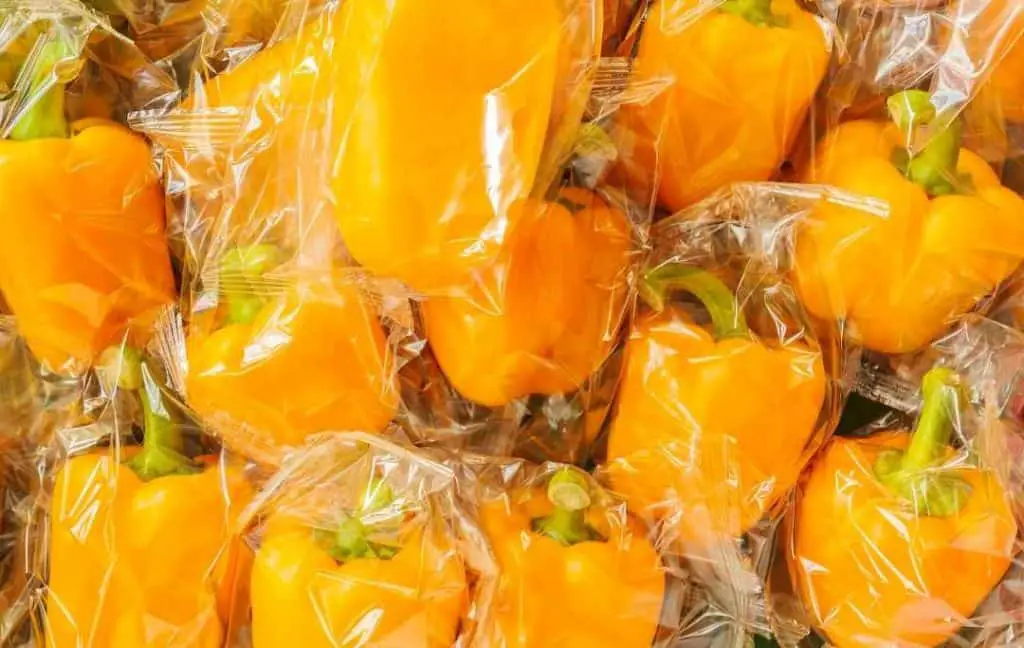
- After harvesting the bell peppers and refrigerate them in a plastic bag for up to 10 days
- You can also dry them, this can be done in a conventional oven. First, wash the peppers well, and after that cut into one half inch strips.
- After giving them 10 minutes of steam. Now the step of drying them in the oven will come. The temperature of the oven should be 140 degrees Fahrenheit.
- When you see your peppers cool down, you can easily store them in bags for storage containers.
